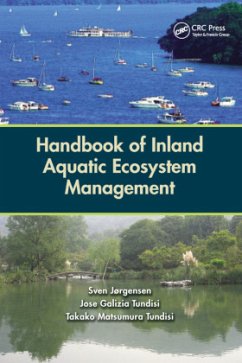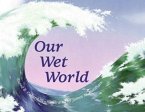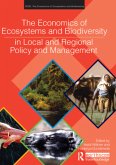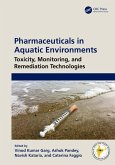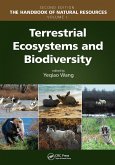Combining background knowledge and practical tools, Handbook of Inland Aquatic Ecosystem Management gives you an overview of how to manage inland waters in a holistic manner. It examines the problems that threaten aquatic inland water ecosystems and presents a set of toolboxes for solving them. The book focuses on lakes, reservoirs, ponds, rivers, wetlands, lagoons, and estuaries, including the predominant freshwater ecosystems as well as saline and brackish ecosystems.
Understand Ecosystem Properties and Ecological Processes
The book consists of two parts. The first part reviews the basic scientific knowledge needed in the environmental and ecological management of aquatic ecosystems, from limnology and ecology of inland water ecosystems to environmental physics and chemistry. It emphasizes the interacting processes that characterize all inland aquatic ecosystems and explains the scientific considerations behind the conservation principles and their applications.
Define the Problems and Quantify Their Sources
The second part of the book presents toolboxes that you can apply to achieve more holistic environmental and ecological management. After an overview of the environmental problems of inland aquatic ecosystems and their sources, the book examines toolboxes to help you identify the problem, namely mass balances, ecological indicators, and ecological models. It also discusses toolboxes that can be used to find an environmental management solution to the problem: environmental technology, cleaner technology, and ecotechnology.
Integrate Science and Practical Toolboxes to Manage Inland Waters More Effectively
This book shows you how to integrate biology, ecology, limnology, and chemistry with the toolboxes in an up-to-date, multidisciplinary approach to environmental management. It provides a powerful framework for ident
Understand Ecosystem Properties and Ecological Processes
The book consists of two parts. The first part reviews the basic scientific knowledge needed in the environmental and ecological management of aquatic ecosystems, from limnology and ecology of inland water ecosystems to environmental physics and chemistry. It emphasizes the interacting processes that characterize all inland aquatic ecosystems and explains the scientific considerations behind the conservation principles and their applications.
Define the Problems and Quantify Their Sources
The second part of the book presents toolboxes that you can apply to achieve more holistic environmental and ecological management. After an overview of the environmental problems of inland aquatic ecosystems and their sources, the book examines toolboxes to help you identify the problem, namely mass balances, ecological indicators, and ecological models. It also discusses toolboxes that can be used to find an environmental management solution to the problem: environmental technology, cleaner technology, and ecotechnology.
Integrate Science and Practical Toolboxes to Manage Inland Waters More Effectively
This book shows you how to integrate biology, ecology, limnology, and chemistry with the toolboxes in an up-to-date, multidisciplinary approach to environmental management. It provides a powerful framework for ident
"... a book on the subject of lakes and reservoirs is extremely welcome today when fast global changes, including urbanization, global commerce, and climate, are posing-and will pose in the near future-greater stress in our hydrologic systems. The authors present the subject in such a way that the reader will learn not only fundamentals of limnology but also the behavior of lakes and reservoirs both from a physicochemical and an ecosystemic point of view. The book relies on several examples from projects developed by the authors on the ground. This is something that professionals working in this field will benefit significantly from ..."
-Benedito Braga, Polytechnic School of the University of São Paulo, Brazil
-Benedito Braga, Polytechnic School of the University of São Paulo, Brazil

